MALLORCA
LARGEST OF THE BALEARIC ISLANDS
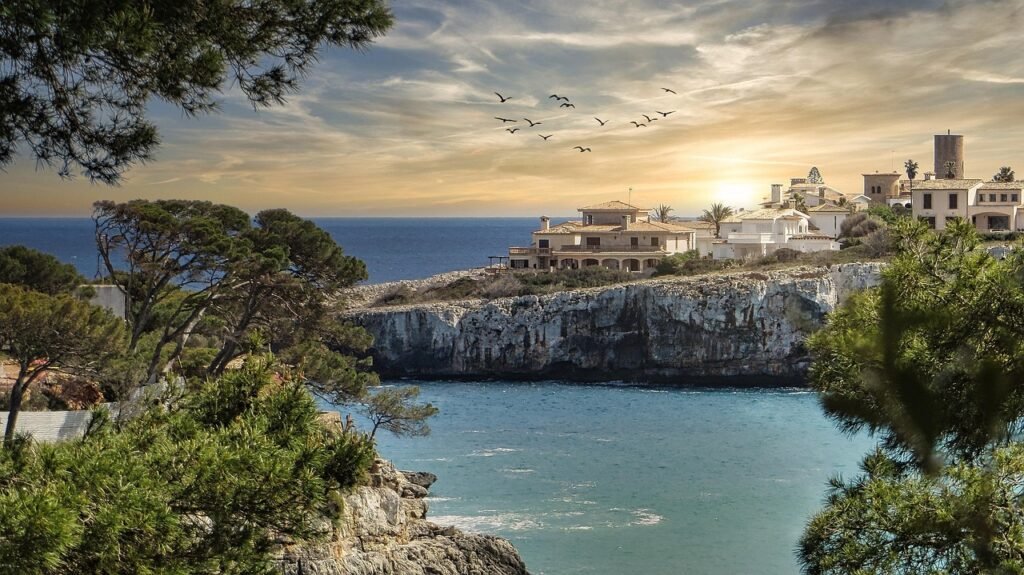
It helps keep this site running, and we appreciate your support!
Sightseeing
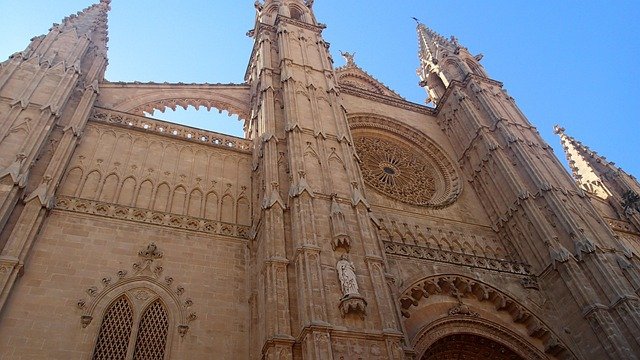
La Seu Cathedral
This iconic Gothic cathedral in Palma, built between the 13th and 17th centuries, dominates the city’s skyline with its soaring arches and intricate rose window, one of the largest in the world. Its stunning interior, enhanced by Gaudí’s modern touches, and waterfront location make it a must-visit for history and architecture lovers.
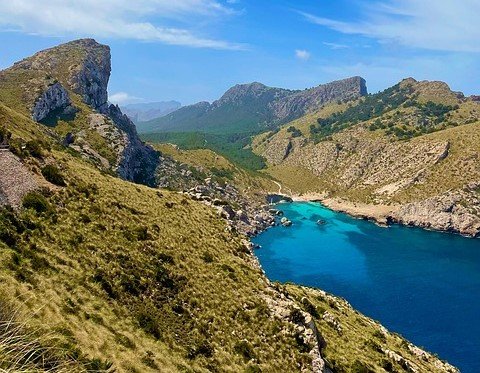
Serra de Tramuntana
A UNESCO World Heritage Site, this rugged mountain range stretches along Mallorca’s northwest coast, offering breathtaking views, hiking trails, and charming villages like Deià and Sóller. Its terraced olive groves and dramatic cliffs attract outdoor enthusiasts and nature lovers year-round.
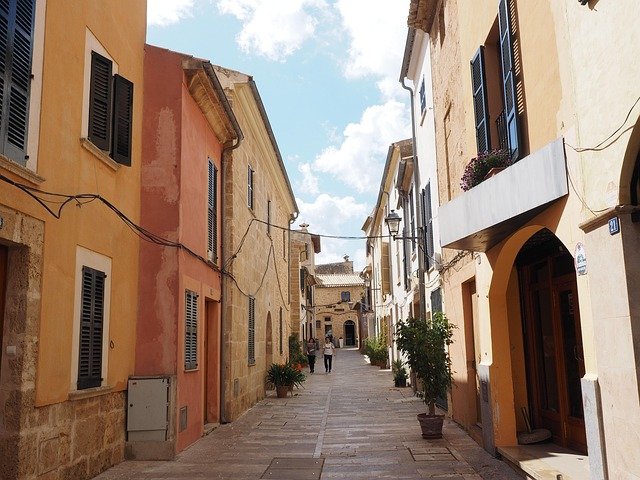
Alcúdia Old Town
Enclosed by medieval walls, this historic town in northern Mallorca blends Roman ruins, cobblestone streets, and vibrant markets. The Sunday market, filled with local crafts and produce, adds to its charm, making it a perfect spot for a cultural stroll.
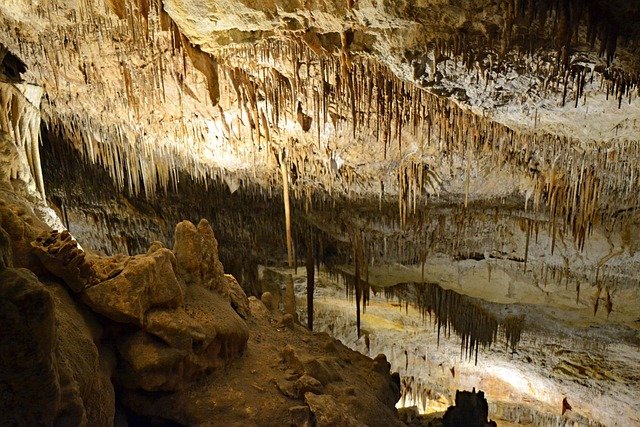
Caves of Drach
Located in Porto Cristo, these spectacular limestone caves feature otherworldly stalactites and a vast underground lake. Visitors enjoy a guided tour, culminating in a classical music performance on the water, creating a magical and unforgettable experience.
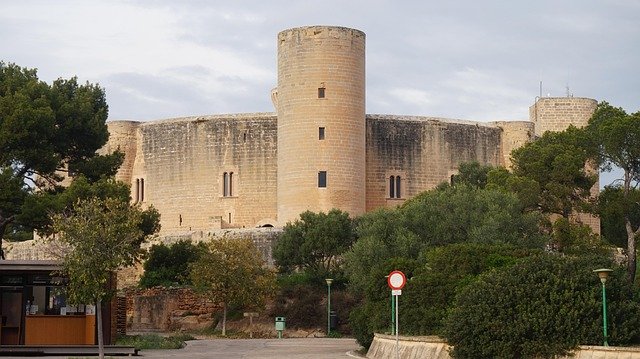
Bellver Castle
Perched above Palma, this 14th-century circular castle is one of Europe’s few of its kind. Its unique design, historical exhibits, and panoramic views of the city and bay make it a fascinating stop for history buffs and sightseers.
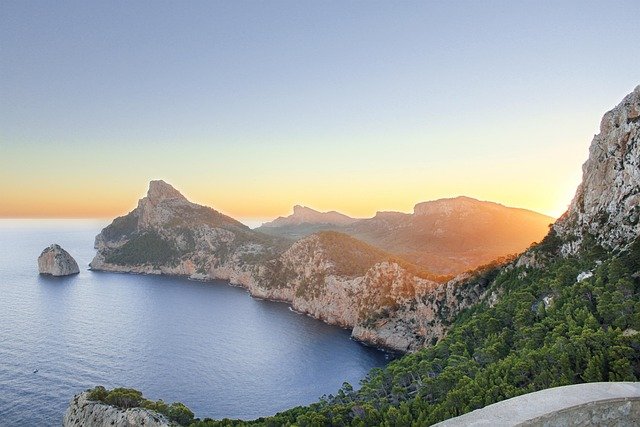
Cap de Formentor
Mallorca’s northernmost point, this dramatic peninsula features a winding road to a lighthouse with jaw-dropping views of cliffs and the Mediterranean. It’s a favorite for photographers and adventurers seeking unforgettable scenery.
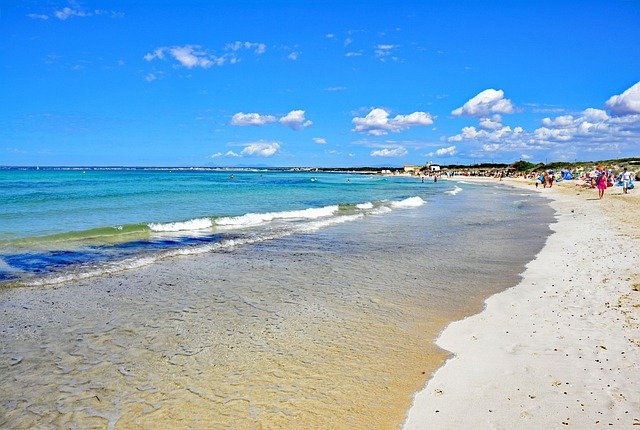
Es Trenc Beach
Renowned for its powdery white sand and crystal-clear turquoise waters, Es Trenc is one of Mallorca’s most beautiful beaches. Its natural, unspoiled setting makes it ideal for a relaxing day by the sea.
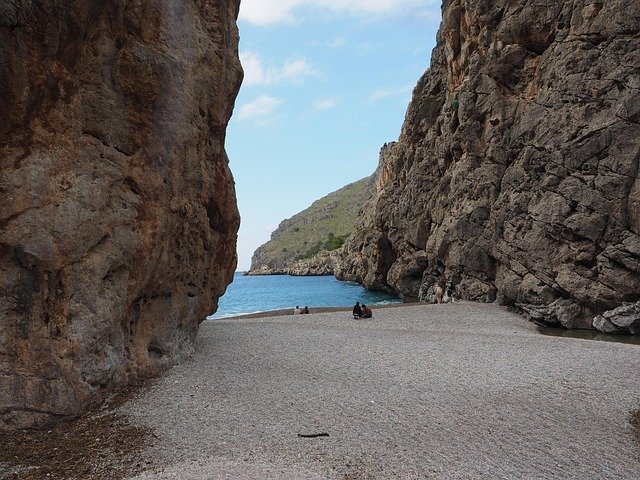
Sa Calobra & Torrent de Pareis
This remote coastal gorge, accessible via a thrilling mountain road or boat, features a narrow beach nestled between towering cliffs. The dramatic landscape and turquoise waters make it a paradise for hikers and nature enthusiasts.
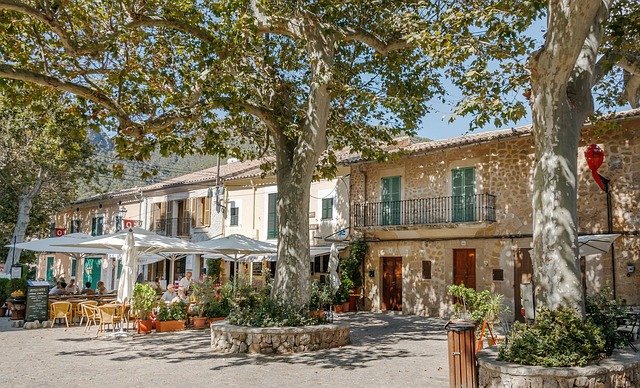
Valldemossa Village
Nestled in the Tramuntana mountains, this picturesque village is famous for its 13th-century Carthusian Monastery, where composer Chopin once stayed. Its stone streets and serene beauty offer a glimpse into Mallorca’s cultural heritage.
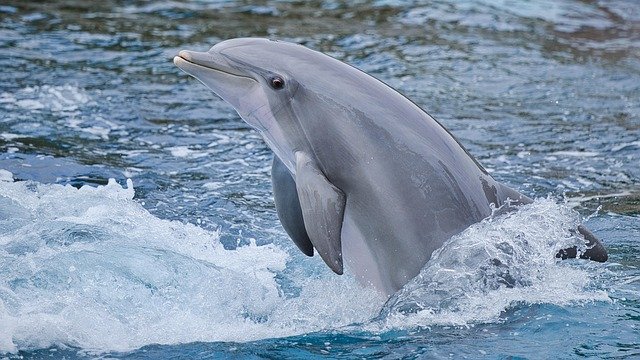
Palma Aquarium
A family-friendly attraction in Palma, this aquarium showcases diverse marine life, including Europe’s deepest shark tank. With interactive exhibits and a tropical jungle area, it’s a fun and educational stop for visitors of all ages.
Activities
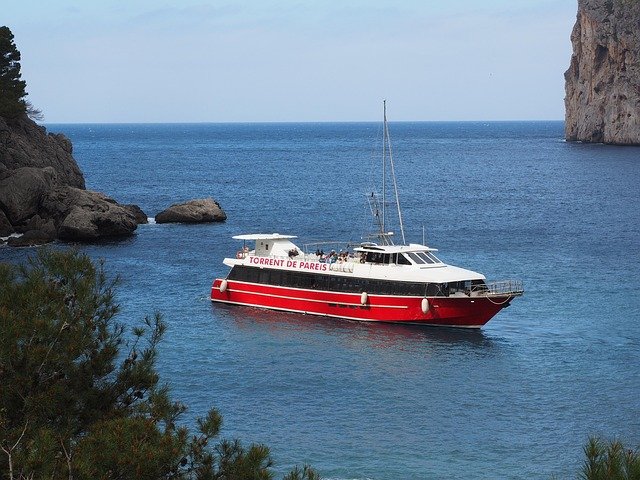
Boat Trip to Sa Calobra
A boat excursion along Mallorca’s northwest coast to Sa Calobra and the Torrent de Pareis gorge is a thrilling way to experience dramatic cliffs and turquoise waters. Departing from ports like Sóller, these trips often include swimming stops in hidden coves, offering a refreshing and scenic maritime adventure.
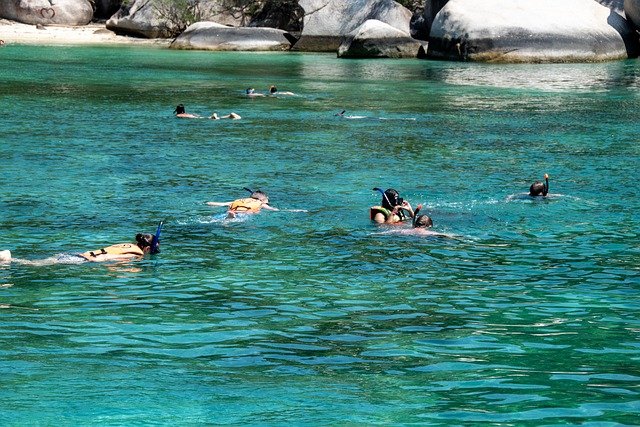
Snorkeling at Es Trenc Beach
Es Trenc’s crystal-clear waters and vibrant marine life make it a prime spot for snorkeling. Rent gear or join a guided tour to explore underwater ecosystems, spotting colorful fish and seagrass meadows, all while enjoying the beach’s unspoiled, Caribbean-like ambiance.
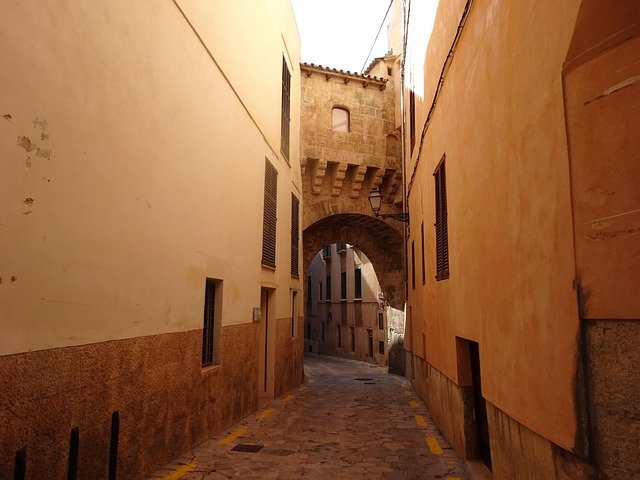
Exploring Palma’s Old Town
Wander the narrow, cobblestone streets of Palma’s historic center, where you’ll find La Seu Cathedral, quaint courtyards, and vibrant plazas. This self-guided or guided walking tour reveals hidden gems, local cafes, and centuries-old architecture, immersing you in the island’s rich cultural heritage.
Flights
Book flights 4-8 weeks in advance, especially for peak summer (June to August), when prices soar and the airport gets crowded due to high tourist demand.
Spring (March to May) is ideal for mild weather (60s-70s°F), fewer crowds, and vibrant landscapes, perfect for hiking or sightseeing, though some attractions may open later in April.
Autumn (September to October) offers warm seas (up to 25°C), affordable rates, and fewer tourists, but expect occasional rain, especially in October.
Summer brings hot, sunny days (80s-90s°F) with minimal rain, great for beach activities, but it’s the priciest and most crowded season, with packed resorts and higher accommodation costs.
Winter (November to February) is mild (50s-60s°F) with more rain, particularly in the Serra de Tramuntana, but it’s the cheapest time for flights and hotels, ideal for budget travelers or those exploring Palma’s indoor attractions like museums.
Consider your preference for weather, crowds, and budget—spring or autumn strikes the best balance for pleasant conditions and fewer tourists, but book early for summer to secure deals and avoid peak-season hassles.
Hotels
Zafiro Palace Alcudia
A haven for families, this 5-star resort in Alcudia dazzles with 12 pools, including an adults-only oasis, and a lively poolside bar hosting nightly entertainment. Its all-inclusive package offers diverse international cuisine across four themed restaurants and premium drinks, earning praise for quality and variety. Renovated in 2013, the spacious suites and lush grounds create a luxurious yet playful vibe, perfect for those seeking both relaxation and fun.
With a prime spot by a white sandy beach, this all-inclusive retreat excels for water sports lovers and families, featuring a vibrant bar with evening shows and a comprehensive package covering buffet meals, snacks, and cocktails. Guests highlight the attentive staff and diverse dining, with easy access to Palma and Magaluf’s nightlife adding to its appeal. It’s a fantastic choice for those craving a lively yet relaxing beachside getaway.
Refurbished in 2023, this 4-star Caribbean-inspired resort near Playa de Muro’s stunning beach offers an all-inclusive package with 10 restaurants and bars, including a lively poolside bar. Surrounded by the Albufera Nature Reserve, it blends sustainability with family-friendly fun, featuring seven pools and diverse activities. Guests love the high-quality cuisine and eco-conscious approach, making it ideal for nature lovers and families alike
Perfectly positioned by Cala Ferrera’s picturesque cove, this all-inclusive hotel immerses guests in Mallorca’s coastal charm with a bar serving local drinks and live music. The all-inclusive plan includes buffet meals and snacks, with snorkeling in the cove’s clear waters a highlight. Its integration with nearby villages like Cala d’Or and warm guest reviews for its relaxed vibe make it a top pick for couples and families seeking authenticity.
Dining
This simple yet iconic Mallorcan dish is a rustic delight, featuring crusty bread topped with olive oil, fresh tomato, and a pinch of salt, often paired with local cheeses, cured meats like jamón ibérico, or anchovies. Found in traditional taverns across the island, such as Es Vaixell in Palma, it’s a versatile snack or light meal that highlights Mallorca’s high-quality olive oil and fresh ingredients, offering a true taste of the island’s soul.
A beloved Mallorcan pastry, ensaïmada is a spiral-shaped, fluffy treat made from lard-infused dough, lightly dusted with powdered sugar. Available plain or filled with cream, chocolate, or pumpkin jam, it’s a breakfast staple or afternoon snack at historic bakeries like Forn des Teatre in Palma. Its delicate texture and subtle sweetness make it a must-try for anyone craving an authentic Mallorcan dessert.
This soft, spreadable cured sausage is a Mallorcan specialty, crafted from pork, paprika, and spices, giving it a vibrant red hue and bold, smoky flavor. Often spread on bread or paired with honey for a sweet-savory contrast, it’s a star at local markets like Inca’s or restaurants like Celler Sa Premsa. Its unique taste and versatility make it a perfect introduction to the island’s charcuterie tradition.
A hearty, vegetarian-friendly dish, tumbet is Mallorca’s answer to ratatouille, layering fried potatoes, eggplant, peppers, and zucchini, topped with a rich tomato sauce. Served in traditional eateries like Restaurante S’Hostal in Montuïri, it’s a comforting, flavorful side or main course that showcases the island’s fresh vegetables and Mediterranean roots, ideal for those seeking a taste of home-cooked Balearic cuisine.
This succulent roast suckling pig is a festive Mallorcan dish, slow-cooked until tender with crispy skin, often seasoned with herbs like rosemary. Found in rustic restaurants like Es Celler in Petra, it’s a celebratory meal that pairs perfectly with local wines from Binissalem. Its rich, melt-in-your-mouth texture makes it a must for meat lovers exploring Mallorca’s culinary heritage.
Tips
Mallorca’s public transport, centered around Palma, includes buses and trains connecting major towns like Alcúdia, Sóller, and Inca, with the TIB network being affordable and reliable—fares start at €1.50 for short trips. A TIB card simplifies payments for frequent rides. Palma’s airport (PMI) is just 15 minutes from the city by taxi (€20-€25) or bus (€5). Avoid peak hours (8-10 AM, 5-7 PM) for less crowded buses. Renting a car is ideal for exploring remote beaches like Es Trenc or the Serra de Tramuntana, but book early in summer to avoid high rates (€40-€100/day). Download the TIB app or Google Maps for schedules and routes, and watch for narrow roads in mountain areas.
Mallorca’s compact towns and cobbled streets, like those in Palma’s Old Town, favor small luggage or backpacks over bulky suitcases, especially since elevators are rare in historic areas. Summer (June-August) demands light, breathable clothing for 80s-90s°F heat, plus sunscreen and hats for beach days. Spring (March-May) and autumn (September-October) call for layers due to cooler evenings (50s-60s°F). Winter (November-February) needs a waterproof jacket for occasional rain. Comfortable shoes are a must for hiking or strolling, and locals dress casually but neatly—smart-casual outfits blend in well at restaurants or bars.
While Palma and tourist hubs accept cards, cash (euros) is essential for small cafes, markets like Inca’s, and rural tavernas, where card machines may be absent. Keep small bills (€5-€20) handy for quick purchases like pa amb oli or market snacks. ATMs are plentiful at banks or supermarkets like Eroski, but check for foreign card fees. Tipping isn’t customary—round up to the nearest euro for great service, but don’t feel obligated. Budget €10-€20 per person for casual meals, more for upscale dining in Palma.
Mallorcans speak Spanish and Catalan (Mallorquín dialect), and while English is common in tourist areas, learning basics like “bon dia” (good morning) or “gràcies” (thank you) warms locals’ hearts. Outside Palma, English is less prevalent, so a translation app like DeepL or a phrasebook helps with menus or directions. Locals are friendly and patient, often happy to assist—don’t hesitate to ask for restaurant recommendations or tips on hidden beaches, as they love sharing their island’s charm.
Value Index
Dining is a highlight—local dishes like pa amb oli or ensaïmada at traditional tavernas cost €5-€15, while fresh seafood meals in Palma average €15-€25 per person, far less than in Paris or Barcelona. Public transport, via TIB buses and trains, is affordable (fares from €1.50), and car rentals (€30-€80/day) make exploring beaches like Es Trenc or the Serra de Tramuntana cost-effective. Mid-range hotels, such as Sentido Tucan, offer all-inclusive stays for €120-€200/night in summer, competitive for a prime European destination. Attractions like La Seu Cathedral (€10 entry) and the Caves of Drach (€17) are reasonably priced, with free natural gems like Cap de Formentor adding value.
It loses points for peak summer (June-August) price spikes—flights and hotels can double—and limited budget options in high-end areas like Port de Sóller. Still, Mallorca’s blend of stunning landscapes, rich culture, and affordable eats makes it a fantastic value for a European getaway, especially in spring or autumn when costs dip and crowds thin.
